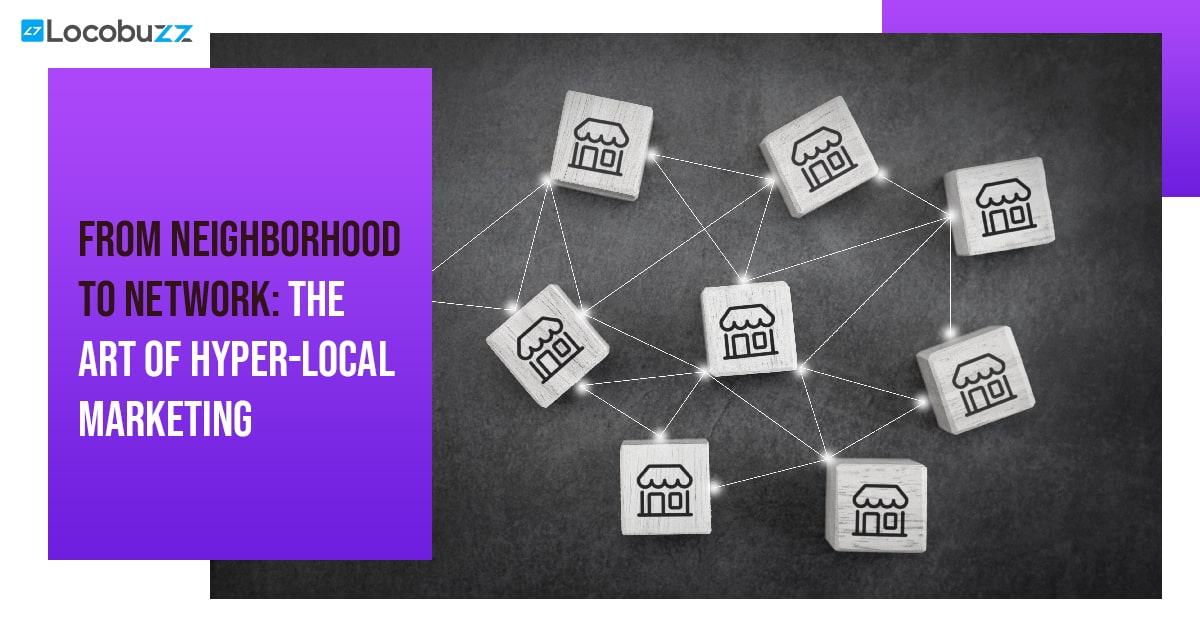Customer Support vs. Customer Service, What is the difference:

Every interaction counts and every client’s voice matters, two terms often echo with significant weight: Customer Support and Customer Service.
While they may sound similar and are often used interchangeably in casual conversations, these terms hold distinct meanings and implications in the business world. This subtle yet important distinction can be the deciding factor in shaping a customer’s experience with a company.
In a digital age where automated voices and scripted responses are becoming the norm, maintaining a humanised approach in these interactions is not just preferable, it’s imperative.
The essence of this differentiation goes beyond the scope of job titles or department names.
As we unpack these terms, remember, at the end of the day, whether it’s support or service, it’s about people helping people. It’s about creating a connection, a moment of understanding, and a lasting impression. So let’s get started by understanding the definition of Customer Service briefly.
Customer Service
The scope of customer service is broad and all-encompassing. It includes greeting customers, providing information, assisting in the buying process, handling transactions, and ensuring satisfaction post-purchase. The primary objective is to enhance the overall customer experience, turning each interaction into an opportunity to foster loyalty and trust.
Historically, customer service has evolved significantly. From face-to-face interactions in brick-and-mortar stores to phone calls and emails, and now to chatbots and social media platforms, the channels of customer service have expanded and diversified. However, despite these changes, the core objective remains unchanged: to ensure a positive, seamless customer experience that builds long-term relationships.
Customer Support
The primary role of customer support is to be the problem-solving center of a business. It involves providing answers to technical questions, troubleshooting problems, and offering solutions to ensure that the product or service works as intended.
Customer support representatives are typically equipped with deep knowledge of the product or service, ready to tackle technical challenges and guide customers through steps for resolution.
In recent years, the field of customer support has been revolutionized by technological advancements. The rise of AI-powered chatbots, sophisticated ticketing systems, and remote desktop assistance has transformed how support is delivered. Tools like Locobuzz CX platform not only enhance the efficiency of resolving issues but also allow for more personalized and immediate assistance, catering to the modern customer’s expectation of quick and effective support.
Well now lets understand the key difference between the both.
Key Differences
Nature of Interaction: Reactive vs. Proactive
Reactive (Customer Support): Customer support typically operates on a reactive model. It springs into action in response to customer inquiries or issues. The interaction begins when a customer encounters a problem or has a question about a product or service and reaches out for help.
Proactive (Customer Service): Contrarily, customer service often takes a proactive stance. It’s about anticipating customer needs and addressing them before they turn into issues. This includes following up with customers post-purchase, offering help before it’s asked for, and creating a welcoming environment for customer interactions.
Focus Areas: Problem-solving vs. Overall Experience
Problem-solving (Support): The primary focus of customer support is to solve specific problems. This involves identifying issues, providing timely solutions, and ensuring that the product or service works as expected. The success of customer support is measured by how effectively and efficiently problems are resolved.
Overall Experience (Service): Customer service, on the other hand, is all about the overall customer experience. It’s a holistic approach that encompasses not just problem resolution but also the creation of a positive, memorable experience for the customer throughout their journey with the company.
Skillset Requirements: Technical Skills vs. Interpersonal Skills
Technical Skills (Support): Customer support professionals need a strong set of technical skills. They must have in-depth knowledge of the product or service, be adept at troubleshooting, and possess the ability to convey technical information in an understandable way.
Interpersonal Skills (Service): For customer service, interpersonal skills are paramount. This includes excellent communication skills, empathy, patience, and the ability to listen and connect with customers on a personal level. The goal is to make customers feel valued and understood.
Companies known for outstanding customer service
Zomato
HDFC Bank
HDFC Bank is one of the largest private sector banks in India and is known for its excellent customer service. They have a team of experts who are available to help customers with any issues they may face. They also offer a range of support options, including phone, email, and chat support.
Balancing the Art of Support and Service
Unified Customer Experience Strategy
- Develop a comprehensive customer experience strategy that includes both support and service.
- Ensure alignment in messaging, values, and objectives across both departments.
- Create a seamless transition for customers moving between support and service interactions.
Cross-Training of Staff
- Implement cross-training programs so that staff members are equipped with both technical and interpersonal skills.
- Encourage customer support staff to develop empathy and communication skills, and customer service staff to have a basic understanding of technical aspects.
Leveraging Technology Wisely
- Use technology to enhance both support and service.
- For example, CRM systems can provide detailed customer histories to both support and service teams.
- Implement AI and chatbots to handle routine queries, freeing up human resources for more complex interactions.
Feedback Loops and Continuous Improvement
- Establish feedback loops where insights from customer support interactions inform service strategies and vice versa.
- Use customer feedback to continually refine and improve both customer support and service processes.
Empowering Employees
- Empower employees with the authority and resources they need to solve customer issues effectively.
- Foster a culture where employees feel valued and motivated to provide exceptional customer experiences.
Personalized Customer Interactions
- Strive for personalization in customer interactions, whether in support or service.
- Tailor communication and solutions to individual customer needs and preferences.
Measuring and Analyzing Performance
- Regularly measure the performance of both support and service through metrics like customer satisfaction scores, resolution times, and net promoter scores.
- Analyze these metrics to identify areas of strength and opportunities for improvement.
To Conclude
Companies that excel in both customer support and service not only solve problems and meet needs but also create emotional connections and build trust. This dual approach is what transforms first-time buyers into loyal customers and brand ambassadors.
As businesses navigate the evolving landscape of customer expectations and technological advancements, incorporating a tool like Locobuzz can lead to a more balanced, effective, and human-centric approach to customer interactions. This integration is what will transform first-time buyers into loyal customers and brand ambassadors, paving the way for sustained growth and success in the competitive market.

















